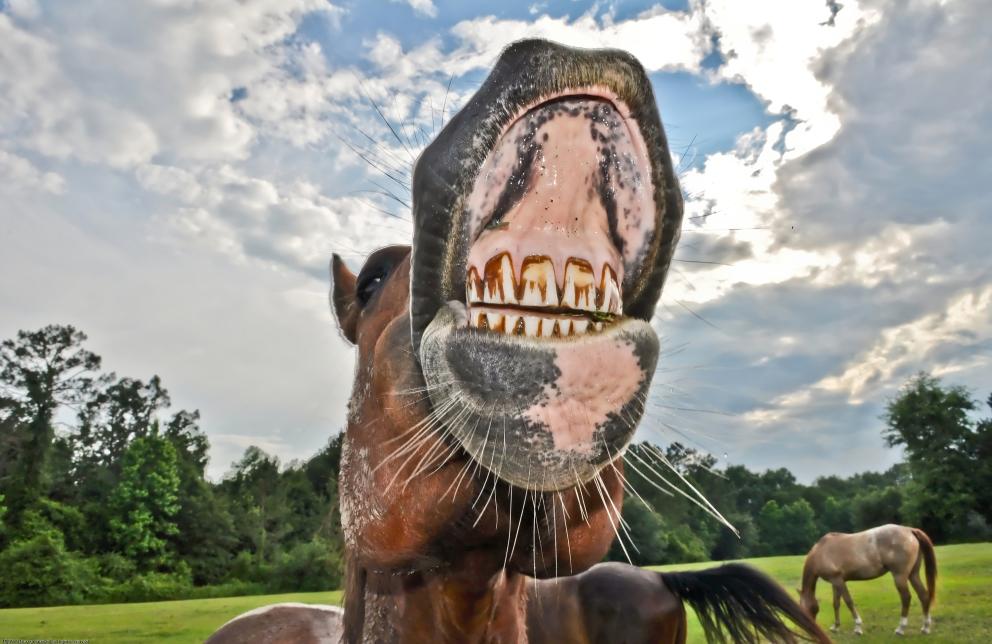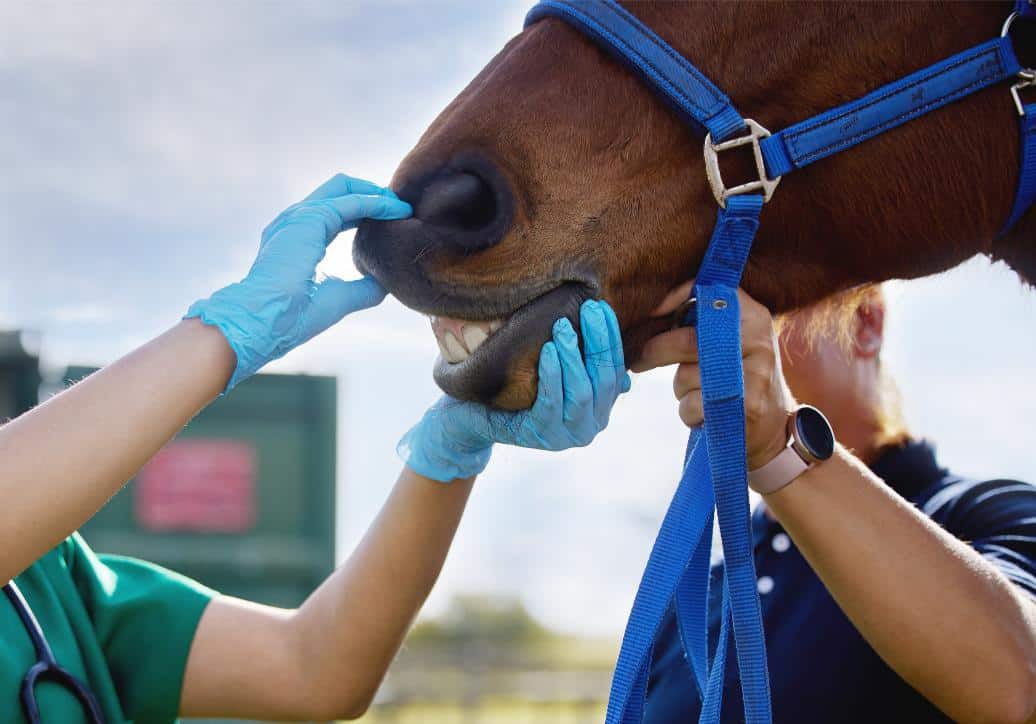As an equestrian enthusiast, you may have encountered discussions about horse tooth spurs within the community. These are protrusions that can develop on a horse’s teeth, leading to discomfort and other dental issues. Understanding what causes these spurs, their effects on horses, and how to address them is crucial for maintaining your horse’s health. In this article, we’ll delve into the world of equine dentistry to explore the intricacies of horse tooth spurs.

What Are Horse Tooth Spurs?
Horse tooth spurs are bony growths that develop along the edges of a horse’s teeth. They often occur due to uneven wear of the teeth, which can be a result of misalignment, improper chewing, or naturally occurring dental anomalies. These spurs can cause discomfort, pain, and difficulty in eating, which can ultimately affect the horse’s overall health and performance.
Causes of Horse Tooth Spurs
Natural Dental Wear
Horses naturally grind their teeth as they chew, which can lead to uneven wear. Over time, this uneven wear can result in the formation of tooth spurs. The natural shape and alignment of a horse’s teeth can contribute to this issue.
Diet and Feeding Habits
The type of diet a horse is on can also influence dental health. Horses that primarily eat grain or processed feeds may not wear their teeth as evenly as those that graze on grass. This can lead to the development of spurs.
Genetic Factors
Genetics can play a significant role in a horse’s dental health. Some horses may be predisposed to developing dental issues, including tooth spurs, due to their genetic makeup.
Effects of Horse Tooth Spurs
Discomfort and Pain
Tooth spurs can cause significant discomfort and pain for horses. They may develop ulcers or sores in their mouths due to the spurs rubbing against soft tissue.
Eating Difficulties
Horses with tooth spurs may have difficulty chewing their food properly. This can lead to poor digestion and nutritional deficiencies, impacting their overall health and vitality.
Behavioral Changes
Due to the discomfort, horses may exhibit behavioral changes such as reluctance to eat, head tossing, or resisting the bridle. These changes can be indicators of underlying dental issues.
Diagnosing Horse Tooth Spurs
Regular dental check-ups are essential for diagnosing tooth spurs. A qualified equine dentist or veterinarian can examine the horse’s mouth and identify any dental abnormalities. For more detailed insights, you can refer to equine dentistry practices.
Treatment Options
Floating
One common treatment for horse tooth spurs is floating. This involves filing down the sharp edges of the teeth to create a more even surface, reducing discomfort and preventing further spurs from forming.
Dietary Adjustments
Adjusting a horse’s diet to include more fibrous materials, such as hay, can promote more natural wear of the teeth, reducing the likelihood of spurs developing.
Regular Dental Check-Ups
Routine dental examinations and maintenance by a professional can help detect and address tooth spurs early, preventing more severe issues. You can explore more about the differences between equine dentistry and veterinary care.
Preventive Measures
Consistent Monitoring
Regularly monitoring your horse’s eating habits and behavior can provide early clues about potential dental issues. Addressing these signs promptly can prevent the development of severe tooth spurs.
Balanced Diet
Providing a balanced diet that encourages natural chewing can help maintain healthy teeth and prevent uneven wear that leads to spurs.
The Role of Equine Dentistry
Equine dentistry plays a crucial role in managing dental health. Skilled practitioners can effectively diagnose, treat, and prevent tooth spurs, ensuring your horse’s comfort and well-being. For more information, consider exploring practical guides on equine dentistry.
Conclusion
Understanding and addressing horse tooth spurs is essential for any horse owner or enthusiast. By recognizing the symptoms, seeking timely professional care, and implementing preventive measures, you can ensure your horse remains healthy and comfortable. Remember, regular dental care is key to preventing and managing these issues effectively.

FAQs
What are the signs of tooth spurs in horses?
Signs of tooth spurs include difficulty eating, head tossing, and behavioral changes. Regular dental check-ups can help diagnose these issues early.
Can diet affect the development of tooth spurs?
Yes, diet plays a significant role. A diet lacking in fibrous materials can lead to uneven tooth wear, increasing the risk of tooth spurs.
How often should I have my horse’s teeth checked?
It’s recommended to have your horse’s teeth checked at least once a year by a professional to prevent and address any dental issues promptly.
This article contains affiliate links. We may earn a commission at no extra cost to you.
